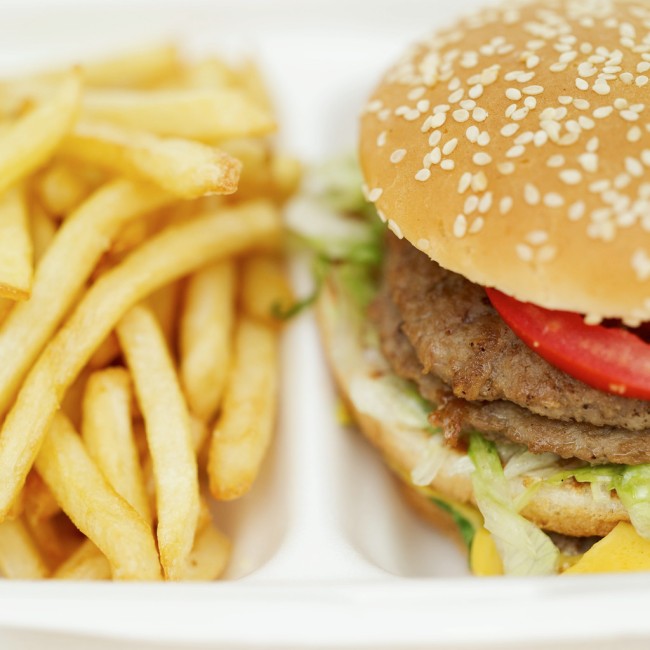Guest blog by Alexandria Hoare, Dietitian (APD, AN)
On my half hour commute home from work each day I directly pass 4 McDonalds, 2 KFC’s and 1 Hungry Jacks. Recently, I had to stop off to fill up with petrol on my way home. The service station was packed wall to wall with chips, chocolates, icecreams and sugar filled drinks. As I went to pay I was not greeted with ‘hello, how are you?’ but ‘would you like any chocolates, 2 for $3?’ I got back into my car (chocolate free) and as I drove I listened to the ads on the radio telling me that I had to get in quick to try the limited addition burger from McDonalds, how Coca-Cola brings happiness to summer and how I can win tickets to the tennis if I eat Drumsticks. I decided to go out of my way to go to the supermarket (as I do not directly pass any, unlike the fast food restaurants). As I entered I was faced with front end advertising promoting sales on soft drink, chips and sugary lunch box fillers. I decided not to purchase these products but just in case I changed my mind I was greeted with more calorie dense, nutrient poor food at the checkout.
This is what you call an obesogenic environment. Where the environment we live in makes unhealthy choices the easier option. And that’s just looking at half the picture. Don’t forget the endless amounts of labour saving devices which allow you to stay in the comfort of your own home for days, months, even years on end if you wish. People are told to eat healthy and to be physically active but how can they achieve that when the environment is encouraging them to do the exact opposite? If we are serious about tackling the obesity epidemic we need to create supportive environments. Environments where the healthy choice is the easy choice.
Many countries worldwide have started to step up their efforts to tackle their obesogenic environments. In the UK and Korea national programs have been launched to reduce trans fats in food, in Japan employees have mandatory waist measurements enforced by their insurance company, Hungary has a tax of high sugar foods, Finland a tax on confectionary, France a tax on soft drinks and Denmark introduced a tax on foods that contain more than 2.3% saturated fat. Some of these strategies are showing some promising results, others are not, but at least they’re trying.
What can we do about obesogenic Australia? I don’t have the answer but let’s at least try to do something. What about restrictions on the marketing and promotion of high calorie, sugary foods or food policies to reduce the price of fresh produce, introducing a traffic light system on food packaging, menu labelling at restaurants, limitations on product placement in supermarkets, working with food industries to make healthier more affordable foods, mandatory nutrition and physical education in schools, healthier foods to be available at school canteens, sporting venues and service stations, better urban planning to promote physical activity, accessible healthy food and active commuting?
Let’s put more funding into research, collecting evidence and determining what interventions are more successful. What lessons can we learn from countries like Japan, Switzerland and Norway where they have some of the lowest rates of obesity in the developed world?
For these changes to occur the whole of society will need to get on board. Federal, state and local governments, non-government organisations, schools, communities, health and food industries, sporting clubs and the media all have the potential to make some changes for the better, to promote a healthy lifestyle and to help reduce our obesogenic environment.
If we are serious about tackling obesity our environment needs to change. We need to create supportive environments so the healthy choice is the easy choice.
Written by Alexandria Hoare
Dietitian (APD, AN)
BHSc, MDiet

